Italy boasts a rich history that spans millennia and has left an indelible mark on Western civilization. The country is renowned for its art, architecture, cuisine, and cultural heritage.
Historically, Italy was home to the ancient Roman Empire, which played a pivotal role in shaping European and Mediterranean civilizations. Rome, its capital, remains a symbol of this imperial legacy, with iconic landmarks such as the Colosseum, Roman Forum, and Vatican City. Throughout the Middle Ages and Renaissance, Italy flourished as a center of art and learning, with cities like Florence, Venice, and Milan becoming hubs of innovation in literature, art, and science. The Renaissance, in particular, marked a period of cultural rebirth, with artists like Leonardo da Vinci, Michelangelo, and Raphael producing masterpieces that still captivate the world today.
Italy’s geography is diverse, ranging from the rugged Alps in the north to the sunny Mediterranean coastline in the south. Its regions each offer unique landscapes and traditions, from the rolling hills of Tuscany and the vineyards of Piedmont to the picturesque Amalfi Coast and the volcanic landscapes of Sicily.
Regions
Italy is divided into 20 regions, each with its own unique culture, traditions, and attractions.
Northern Italy – Alpine & Industrial Heartland
These regions border the Alps and are known for skiing, lakes (Como, Garda), and prosperous cities like Milan, Turin, and Bologna. Northern Italy blends natural beauty with industrial might, culinary treasures (like Parmigiano, prosciutto, and wine), and a strong Central European influence, particularly near the Austrian and Swiss borders.
- Aosta Valley: Located in the Alps, it’s known for skiing, hiking, and Mont Blanc views.
- Emilia-Romagna: Famous for its cuisine (Parmesan cheese, balsamic vinegar, and prosciutto), as well as cities like Bologna and Ferrara.
- Friuli-Venezia Giulia: Offers Alpine scenery, coastal towns like Trieste, and Slovenian cultural influences.
- Liguria: Known for the Italian Riviera, including Cinque Terre and Portofino.
- Lombardy (Lombardia): Milan, fashion capital, Lake Como, and the Alps are highlights.
- Piedmont (Piemonte): Known for Barolo and truffles, as well as the Alps and Turin.
- Trentino-Alto Adige/Südtirol: Alpine scenery, Germanic influences, and outdoor activities.
- Veneto: Venice and its canals, Verona (of Romeo and Juliet fame), and the Dolomites mountain range.
Central Italy – Cultural & Artistic Core
This area is rich in Renaissance history, medieval hill towns, vineyards, and religious landmarks. Florence, Rome, and Assisi are key cultural cities, while the countryside features olive groves, rolling hills, and coastal gems. It’s the heart of classic Italian imagery.
- Tuscany (Toscana): Renowned for Florence, Pisa, Siena, Chianti vineyards, and medieval hill towns.
- Umbria: Known as the “Green Heart of Italy,” with Assisi, Perugia, and picturesque landscapes.
- Lazio: Contains Rome, Vatican City, ancient ruins like the Colosseum, and beautiful lakes.
- Marche: Offers medieval towns, rolling hills, and the coastline of the Adriatic Sea.
- Abruzzo: Known for its rugged mountains, national parks, and picturesque villages.
Southern Italy – Sun, History & Tradition
Regions: Campania, Apulia (Puglia), Basilicata, Calabria, Molise
Southern Italy is warmer, more traditional, and offers dramatic coastlines (Amalfi, Puglia’s beaches), ancient ruins (Pompeii, Paestum), and unique architecture like trulli and cave dwellings. Naples, Matera, and Lecce shine with local culture and deep-rooted heritage.
- Campania: Home to Naples, Pompeii, Amalfi Coast, and the islands of Capri and Ischia.
- Apulia (Puglia): Famous for its whitewashed hill towns, olive groves, and Mediterranean beaches.
- Basilicata: Offers ancient cave dwellings, rugged landscapes, and Matera’s historic Sassi districts.
- Calabria: Known for its stunning coastline, rugged mountains, and preserved Greek ruins.
- Molise: A lesser-known region with mountainous landscapes and historic towns.
The Islands – Distinct & Diverse
Italy’s two major islands have their own identities. Sicily boasts Mount Etna, Greek ruins, and Baroque towns, while Sardinia offers pristine beaches, rugged terrain, and ancient Nuragic culture. Both mix island life with rich regional character.
- Sardinia (Sardegna): Famous for its beaches, rugged interior, and prehistoric Nuragic ruins.
- Sicily (Sicilia): Offers Mount Etna, ancient Greek ruins, Baroque cities like Palermo, and stunning coastlines.
The Same
Italy is our favorite country to visit but we haven’t seen all of the regions even if you combine The DINKs and The Family’s experiences. These are the regions we have visited along with our favorites:
The Liguria Region
The Liguria Region, nestled in the northwest of Italy, is a coastal paradise known for its stunning scenery, charming seaside towns, and delectable cuisine. Liguria is celebrated for its delicious cuisine, which highlights fresh seafood, fragrant herbs, and locally-produced olive oil.
Cinque Terre
Cinque Terre, located along the rugged coastline of the Italian Riviera, is a UNESCO World Heritage site renowned for its five picturesque villages: Monterosso al Mare, Vernazza, Corniglia, Manarola, and Riomaggiore. Perched on cliffs overlooking the Ligurian Sea, these colorful villages are connected by hiking trails that offer stunning views of terraced vineyards, olive groves, and azure waters. Cinque Terre is celebrated for its fresh seafood, locally produced wines like Sciacchetrà, and traditional Ligurian cuisine. With its charming streets, scenic landscapes, and vibrant coastal culture, Cinque Terre is a haven for travelers seeking natural beauty and authentic Italian charm.
See our takes on Cinque Terre
The Veneto Region
Known for the romantic city of Venice with its iconic canals and historic architecture, Veneto is also home to charming towns like Verona (of Romeo and Juliet fame) and the stunning Dolomite Mountains.
Venice
Venice, known as the “City of Canals,” is a unique and enchanting city in northeastern Italy. Built on a network of 118 small islands separated by canals and connected by bridges, Venice is famous for its grandeur, art, and architecture. The iconic Grand Canal serves as the main thoroughfare lined with elegant palaces and bustling with vaporettos (water buses) and gondolas. Venice’s historic center, a UNESCO World Heritage site, is home to landmarks like St. Mark’s Basilica, adorned with Byzantine mosaics, and the ornate Doge’s Palace, showcasing Gothic architecture and Renaissance art. The city’s cuisine is celebrated for seafood specialties like risotto al nero di seppia (risotto with cuttlefish ink) and cicchetti (small plates) served in bacari (traditional bars). Venice’s romantic allure, preserved medieval streets, and intricate canal network make it a timeless destination that continues to captivate visitors from around the world.
See our takes on Venice, Italy
The Campania Region
Located in southern Italy, Campania is known for the ancient city of Naples, the stunning Amalfi Coast, the ruins of Pompeii and Herculaneum, and the picturesque island of Capri.
Amalfi Coast
The Amalfi Coast, located in southern Italy’s Campania region, is a stunning stretch of coastline renowned for its dramatic cliffs, picturesque towns, and panoramic views of the Tyrrhenian Sea. The coastline is dotted with colorful villages such as Positano, Amalfi, and Ravello, each with its own unique charm and character. Steep terraced vineyards and lemon groves cling to the cliffsides, producing local specialties like limoncello and delicious Mediterranean cuisine. The Amalfi Coast is a UNESCO World Heritage site, offering visitors a blend of natural beauty, cultural heritage, and relaxed coastal living that has inspired artists, writers, and travelers for centuries.
See our takes on the Amalfi Coast
Naples
Naples, located in southern Italy, is a vibrant city rich in history, culture, and culinary delights. It is famous for its ancient Greek and Roman ruins, including the nearby city of Pompeii, preserved by the eruption of Mount Vesuvius. Naples boasts architectural treasures such as the Royal Palace of Naples and the ornate Castel dell’Ovo overlooking the Gulf of Naples. The city is also known for its vibrant street life, bustling markets, and lively piazzas, including the iconic Piazza del Plebiscito. Naples is celebrated for its traditional Neapolitan pizza, coffee culture, and proximity to the picturesque Amalfi Coast and islands like Capri, making it a dynamic and captivating destination for travelers.
See our takes on Naples.
Capris
Capri, a small island in the Bay of Naples, Italy, is renowned for its stunning natural beauty and glamorous atmosphere. Famous for its rugged coastline, hidden caves like the Blue Grotto, and panoramic views of the Mediterranean Sea, Capri has been a retreat for artists, writers, and celebrities for centuries. The island’s main town, Capri Town, features elegant boutiques, upscale restaurants, and charming cafes lining its narrow streets. Visitors can explore the ruins of ancient Roman villas, such as Villa Jovis, and wander through lush gardens like the Gardens of Augustus, which offer breathtaking vistas of the Faraglioni rock formations. Whether relaxing on its pristine beaches, exploring its historical sites, or enjoying its vibrant nightlife, Capri offers a luxurious and enchanting escape that captivates travelers seeking beauty, culture, and relaxation in the heart of the Mediterranean.
The Lazio Region
Home to the nation’s capital, Rome, Lazio is steeped in history and boasts iconic landmarks such as the Colosseum, Roman Forum, and Vatican City. The region also features the beautiful hilltop town of Orvieto and the ancient ruins of Ostia Antica.
Rome
Rome, Italy’s capital, is a city steeped in history, art, and culture. Known as the “Eternal City,” Rome boasts iconic landmarks such as the Colosseum, a symbol of ancient Roman engineering and entertainment. The Vatican City, an independent city-state within Rome, houses St. Peter’s Basilica and the Vatican Museums, home to Michelangelo’s Sistine Chapel ceiling. Rome’s historic center, a UNESCO World Heritage site, features ornate fountains like the Trevi Fountain and the Spanish Steps, both iconic gathering spots. The city’s cuisine is celebrated for dishes like pasta carbonara and Roman-style pizza, best enjoyed in trattorias and osterias throughout its charming neighborhoods.Beyond its ancient ruins and Renaissance architecture, Rome offers a vibrant atmosphere with bustling piazzas, fashionable boutiques, and vibrant nightlife. Its rich tapestry of art, history, and culinary delights makes Rome a timeless destination that continues to captivate visitors from around the globe.
See our different takes on Rome, Italy.
The DINKs
While we haven’t explored all of Italy’s regions yet, it’s definitely on our bucket list! It is so hard to choose but our hearts belong to two particular areas that hold a special place for us: The Campania & Liguria Regions.
Amalfi Coast in Campania
This slice of paradise holds cherished memories—it’s where we tied the knot! The Amalfi Coast captivated us with its breathtaking cliffs, charming towns, and azure waters, making it the perfect setting for our special day. While Positano is a favorite for many, Maiori stole our hearts with its less touristy vibe, expansive beach, and exquisite cuisine. Ravello, perched high above the coast, offers spectacular views and serene gardens at Villa Rufolo and Villa Cimbrone. Positano, famous for its colorful cliffside houses and panoramic vistas from the Church of Santa Maria Assunta, invites relaxation on its beaches and exploration of its boutique-lined streets. Cetara, steeped in fishing tradition, is known for its anchovy oil and “colatura di alici,” a traditional anchovy sauce used in local cuisine. Its harbor bustles with colorful fishing boats, offering a glimpse into its vibrant maritime culture. Each town on the Amalfi Coast offers a unique blend of natural beauty, culinary delights, and cultural charm, creating unforgettable experiences in this idyllic Italian paradise.
See our two different takes on Amalfi Coast
Cinque Terre in Liguria
Cinque Terre is a series of five colorful fishing villages perched along the rugged coastline. Each village – Monterosso al Mare, Vernazza, Corniglia, Manarola, and Riomaggiore – is a UNESCO World Heritage Site, boasting narrow streets, pastel-colored houses, and breathtaking views of the Ligurian Sea. Hiking trails connect the villages, offering spectacular vistas of the coastline. Each town is unique but beautiful, I don’t know that we could pick a favorite. Luckily, there con conveniently connected by train and small enough you can see them all.
SAVONA (Honorable Mention)
In edition to Cinque Terre, we also loved Savona. This was a port city for a Mediterranean Cruise where most people end up taking tours that leave the town. We decided to stay and check it out. Savona’s historic center is a charming maze of narrow streets, medieval buildings, and lively piazzas. Stroll through the pedestrianized streets and discover hidden gems like the 16th-century fortress of Priamar, which offers panoramic views of the city and the sea. Take a leisurely walk along the harbor promenade, lined with colorful buildings, waterfront cafes, and bustling markets. Don’t miss the imposing Torretta, a medieval tower that once served as a defense against pirate attacks. Savona boasts several beautiful beaches where visitors can soak up the sun and enjoy the clear waters of the Ligurian Sea. The most popular beaches include Bagni Marinella and Bagni Sant’Antonio, both offering amenities such as sunbeds, umbrellas, and beachfront restaurants. Like all of Liguria, Savona is known for its delicious cuisine, which highlights fresh seafood, aromatic herbs, and locally-produced olive oil. Be sure to sample regional specialties such as trofie al pesto (pasta with basil pesto), acciughe al verde (anchovies in green sauce), and farinata (a savory chickpea pancake). We happen to have lunch when the family that owned the restaurant took their lunch break. We enjoyed watching they spend time together while we finished our bottle of wine.
Tuscany Region (Toscana)
We would be remised if we talked about favorite regions without mentioning Tuscany. Tuscany is famous for its rolling hills, vineyards, and Renaissance art. Florence, the birthplace of the Renaissance, is its capital, while other highlights include the medieval city of Siena, the vineyards of Chianti, and the towered town of San Gimignano.
FLORENCE
Florence, Italy, is a captivating city renowned for its rich history, stunning architecture, and vibrant cultural scene. Nestled in the heart of Tuscany, Florence beckons visitors with its timeless beauty and artistic legacy. Indulge in Tuscan cuisine at Florence’s traditional trattorias and upscale restaurants. Sample local specialties especially bistecca alla fiorentina (Florentine steak), and gelato from one of the city’s renowned gelaterias. Don’t miss the bustling Mercato Centrale, where you can savor fresh produce, cheese, and other gourmet delights. Explore Florence’s charming piazzas, such as Piazza della Signoria, home to the impressive Palazzo Vecchio and a collection of outdoor sculptures, including a replica of Michelangelo’s David. Relax in the shade of the Boboli Gardens, a sprawling Renaissance garden behind the Pitti Palace. Explore Florence’s wealth of historic landmarks, including the iconic Florence Cathedral (Duomo), with its magnificent dome designed by Brunelleschi, and the elegant Ponte Vecchio bridge spanning the Arno River.
- The Accademia Gallery in Florence, Italy, is a treasure trove of Renaissance art and culture, housing some of the most iconic masterpieces in the world. The highlight of the gallery is undoubtedly Michelangelo’s towering marble statue of David. Admire the impeccable craftsmanship and sheer magnitude of this iconic sculpture, which has become a symbol of beauty and strength. In addition to David, the Accademia Gallery features several other sculptures by Michelangelo, including his unfinished Prisoners (also known as Slaves or The Awakening), which offer a fascinating glimpse into the artist’s creative process. Explore the gallery’s collection of Renaissance paintings, sculptures, and works of art from the 14th to the 16th centuries. Marvel at masterpieces by renowned artists such as Sandro Botticelli, Domenico Ghirlandaio, and Andrea del Sarto. Step into the Hall of Colossus, where you’ll find a collection of monumental plaster models created by Lorenzo Bartolini and other prominent sculptors. These larger-than-life sculptures provide insight into the techniques used by Renaissance artists. The Accademia Gallery also houses a fascinating Musical Instruments Museum, showcasing a diverse collection of historic instruments from the 16th to the 19th centuries. Discover ancient lutes, violins, harpsichords, and more, each with its own unique story.
PISA
Pisa, Italy, nestled in Tuscany, is famed for its Leaning Tower and rich architectural heritage, just a short train ride from Florence.
- Leaning Tower of Pisa: This iconic landmark tilts due to an unstable foundation, offering panoramic city views from its top after a climb.
- Piazza dei Miracoli (Square of Miracles): A UNESCO World Heritage Site housing not only the Leaning Tower but also the stunning Pisa Cathedral (Duomo), Baptistery, and Camposanto Monumentale (Monumental Cemetery). The square showcases magnificent architecture.
- Pisa Cathedral (Duomo di Pisa): Dedicated to St. Mary of the Assumption, this Romanesque cathedral features intricate frescoes, sculptures, and Giovanni Pisano’s magnificent pulpit.
- Baptistery of Pisa: Known for its circular design and superb acoustics, the Baptistery adjoins the cathedral. Climbing to its top offers panoramic vistas of Pisa and the Leaning Tower.
Sicily
Sicily, the largest island in the Mediterranean Sea, is a captivating destination that boasts a rich tapestry of history, culture, and natural beauty. Located just off the “toe” of Italy’s “boot,” Sicily has been a crossroads of civilizations for millennia, influenced by Greeks, Romans, Arabs, Normans, and more. The island is renowned for its diverse landscapes, from the towering, active volcano Mount Etna to its stunning beaches and rugged coastline. Sicily’s cities, such as Palermo, Catania, and Syracuse, are home to a wealth of architectural and archaeological treasures, including ancient Greek temples, Roman amphitheaters, and Baroque churches. The island’s vibrant culture is reflected in its festivals, cuisine, and traditions, offering visitors a unique blend of Mediterranean flavors and hospitality.
The Family
Our adventures in Italy have been unforgettable, both with and without kids!
Capri in Campania
Before Kids – Our love affair with Italy truly began on the enchanting island of Capri. The stunning vistas, the azure waters, the charming streets—everything about Capri captured our hearts. From exploring the chic boutiques to indulging in delicious seafood by the sea, every moment was pure magic. Capri will always hold a special place in our hearts as the epitome of Mediterranean bliss.
Rome in Lazio
After Kids – With kids in tow, Rome became our top pick for its endless array of family-friendly attractions. Despite not being big city people, Rome won us over with its rich history, iconic landmarks, and endless opportunities for adventure. The kids absolutely loved stepping back in time at the Colosseum, pretending to be gladiators in the ancient ruins, and making wishes at the Trevi Fountain. Rome truly brought history to life in a way that captivated both young and old.
See our different takes on Rome, Italy.
Amalfi Coast in Campania
Second Favorite – While Cinque Terre was charming, the Amalfi Coast stole our hearts with its grandeur and diversity. With kids, it offered so much more to explore. From the bustling streets of Positano to the serene beauty of Cetera, every corner of the Amalfi Coast was a treasure trove waiting to be discovered. The kids loved splashing in the crystal-clear waters, exploring hidden coves, and indulging in gelato by the sea. The Amalfi Coast truly captured the essence of Italian coastal living in a way that left us longing to return.
- Check out how we made The Family trip to the Amalfi Coast Affordable.
Bari (HONORABLE MENTION)
Bari is a historic port city in southern Italy, located on the Adriatic Sea. It’s the capital of the Puglia (Apulia) region and is known for its rich history, beautiful old town, and vibrant seafront. Some of the highlights in Bari include:
- Basilica di San Nicola: This Romanesque church is a major pilgrimage site for both Catholics and Orthodox Christians, as it houses the relics of St. Nicholas (the inspiration for Santa Claus).
- Bari Vecchia (Old Town): A maze of narrow, winding streets, Bari Vecchia is the heart of the city. Here, you’ll find charming alleyways, old churches, and women making traditional orecchiette pasta by hand outside their homes.
- Castello Normanno-Svevo: A massive Norman-Swabian castle built in the 12th century that offers insight into the city’s medieval past. It often hosts exhibitions and offers scenic views of the surrounding area.
- Lungomare: The picturesque promenade along the Adriatic Sea is perfect for a leisurely walk, especially at sunset. It’s a great spot to soak in the coastal atmosphere.
- Teatro Petruzzelli: One of Italy’s largest and most prestigious opera houses, known for its beautiful architecture and vibrant performances.
Conclusion
In their exploration of Italy, both the DINKs and the Family discovered the country’s diverse regions, each offering its own allure and charm. The DINKs were captivated by the scenic beauty of the Amalfi Coast in Campania and the picturesque villages of Cinque Terre in Liguria, along with ventures into Tuscany and Sicily. Meanwhile, the Family’s favorites, pre-kids, included the captivating island of Capri in Campania and later, with children, they found the historic splendor of Rome in Lazio and the stunning Amalfi Coast equally enchanting. Each group’s preferences reflect their unique perspectives and interests, showcasing Italy’s ability to cater to both romantic getaways and family-friendly adventures amidst its rich history, cuisine, and natural landscapes.











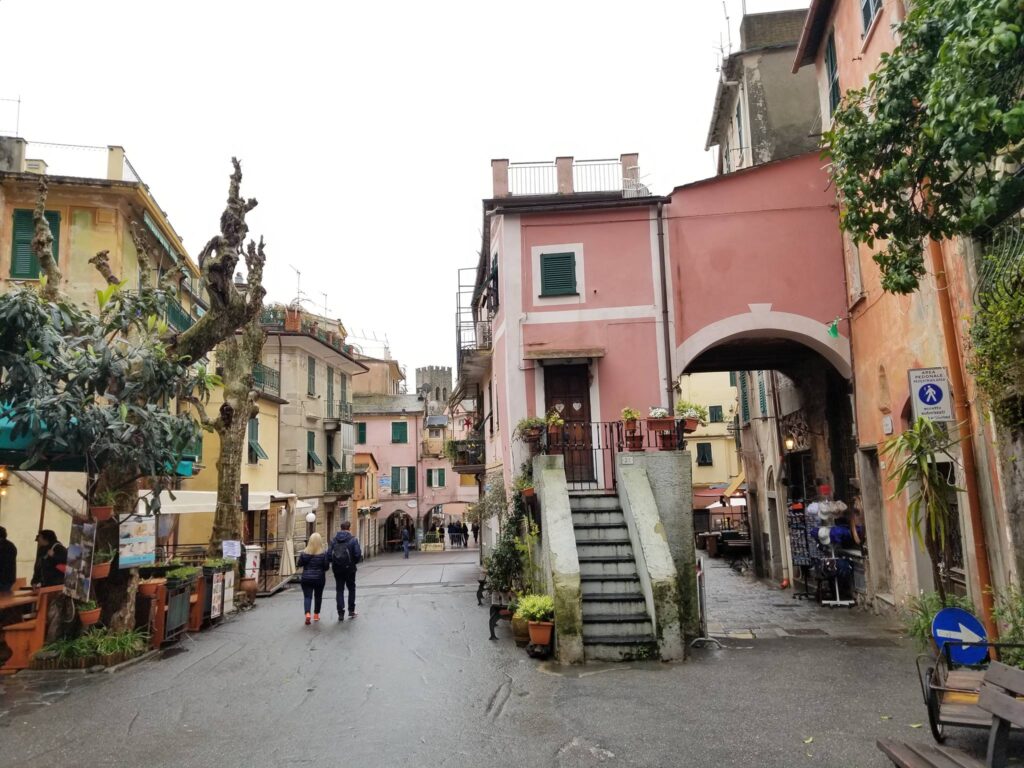

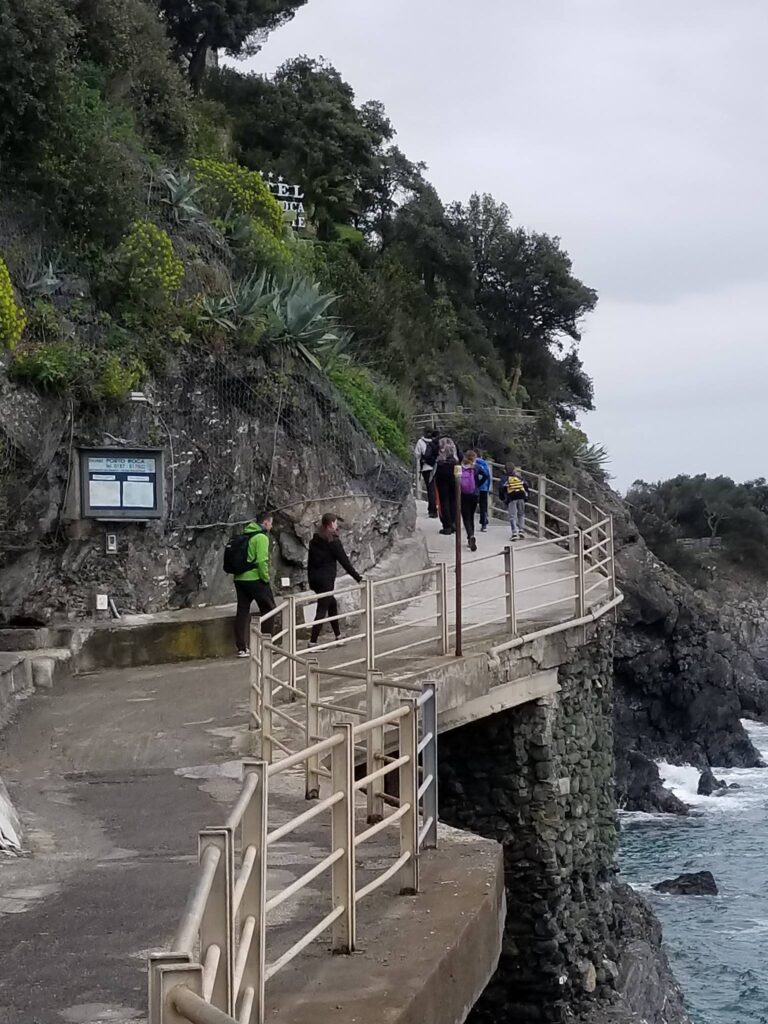

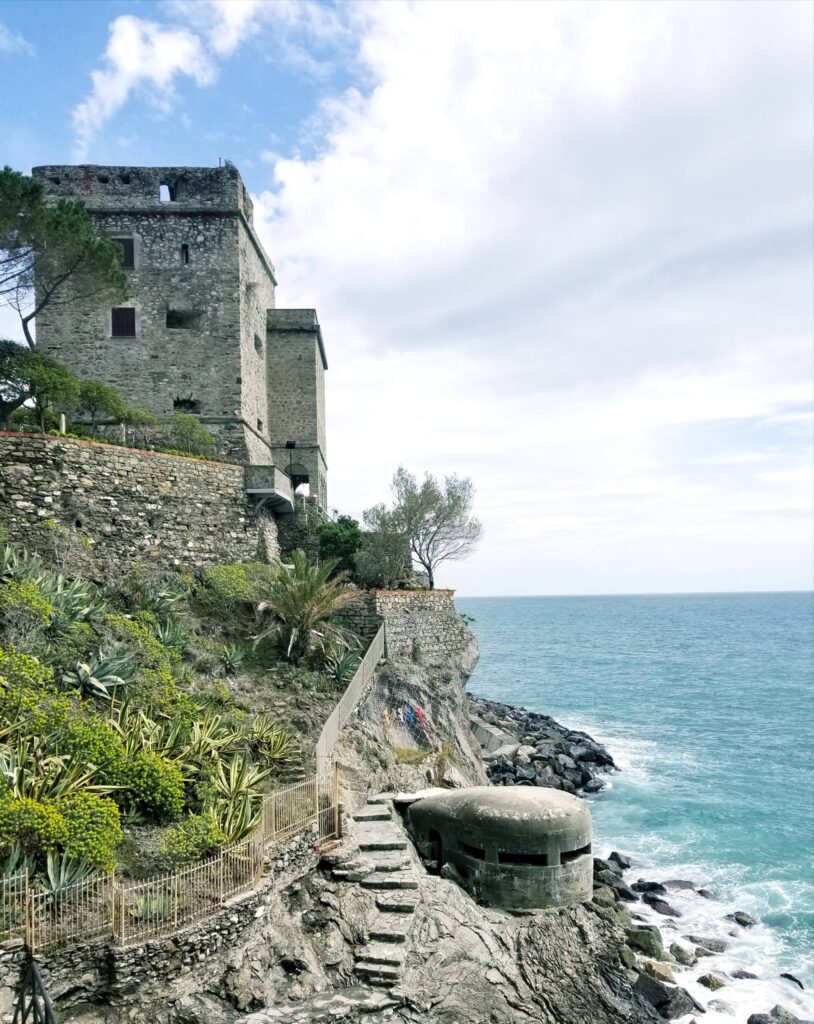






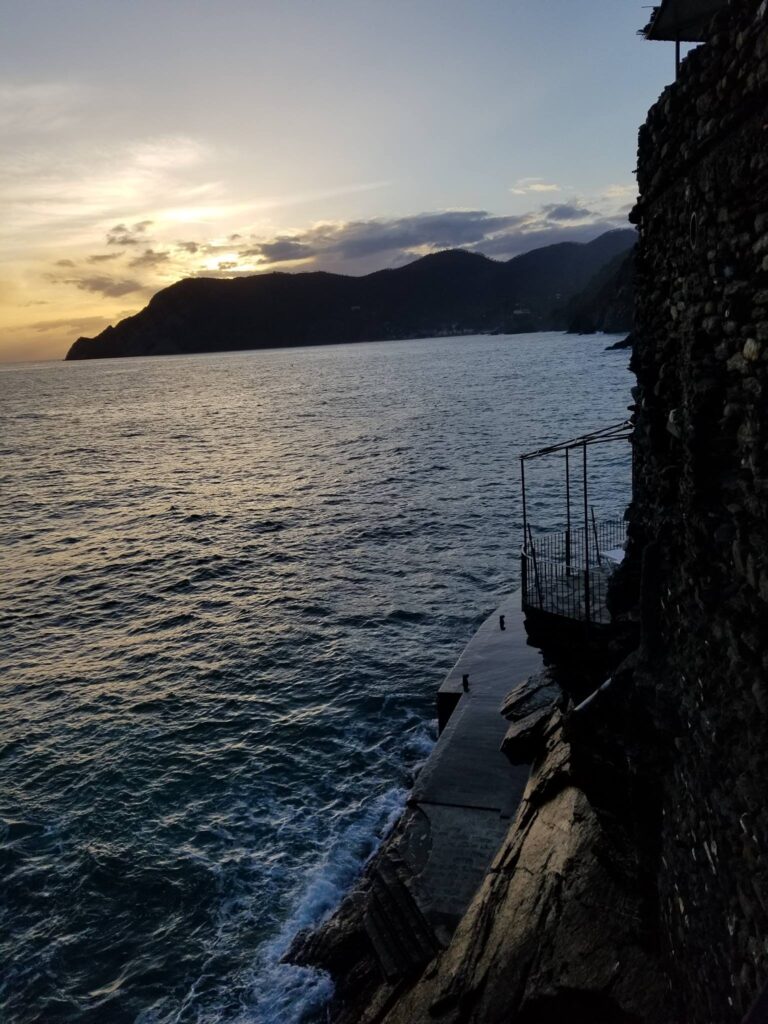







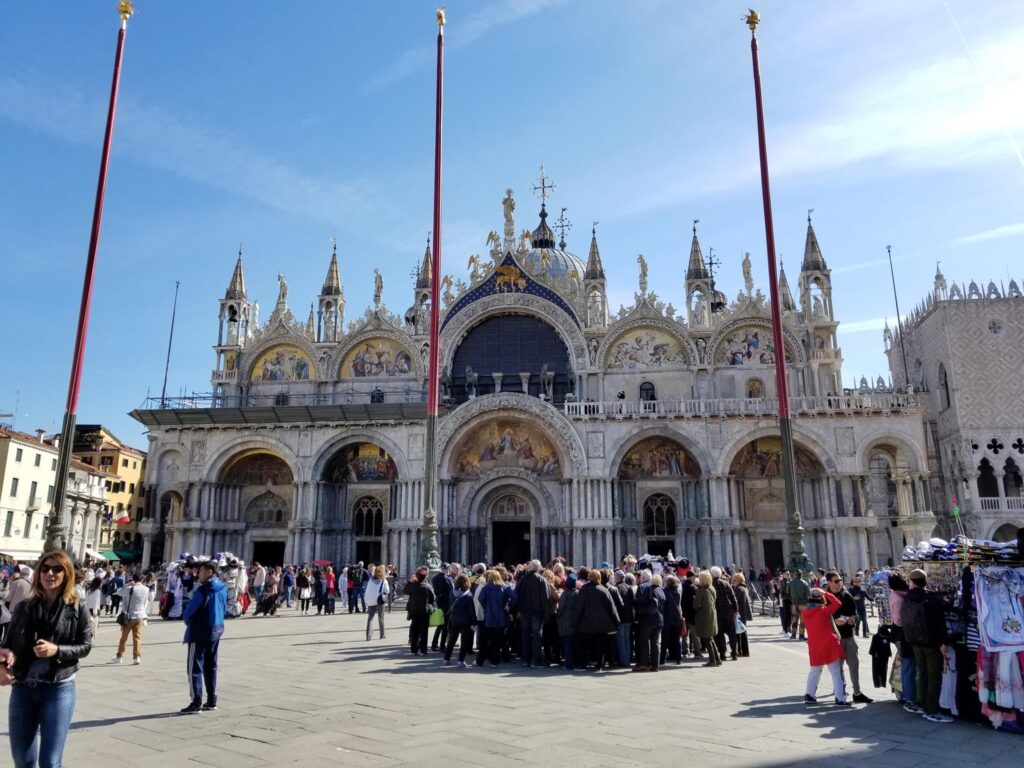







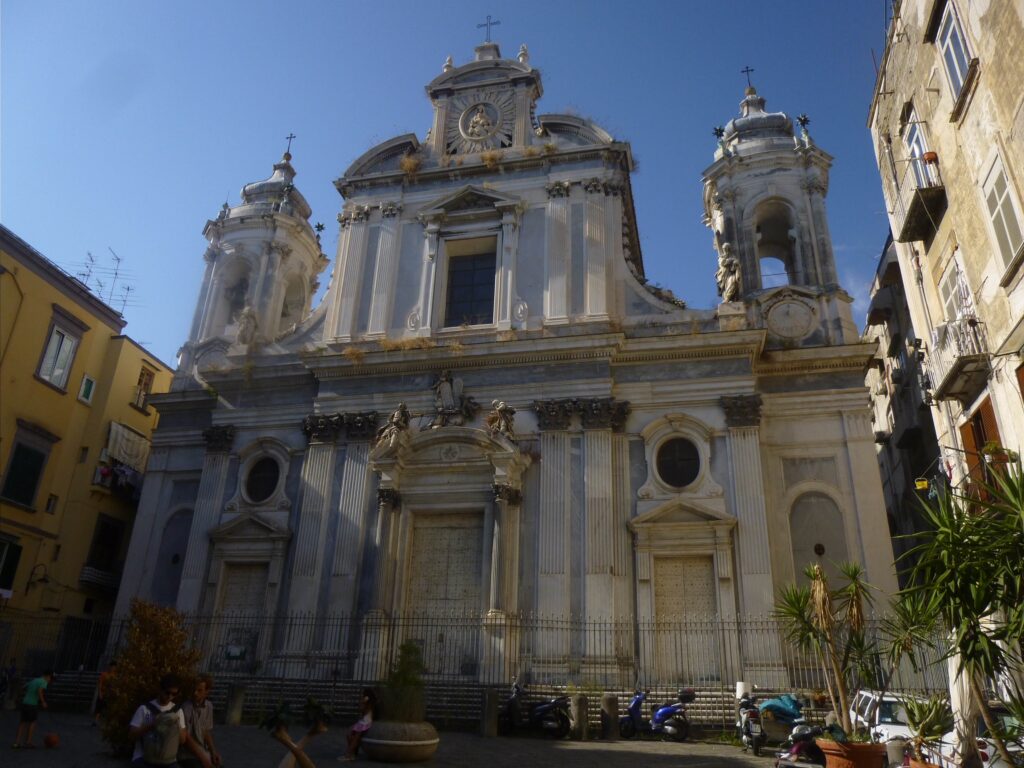








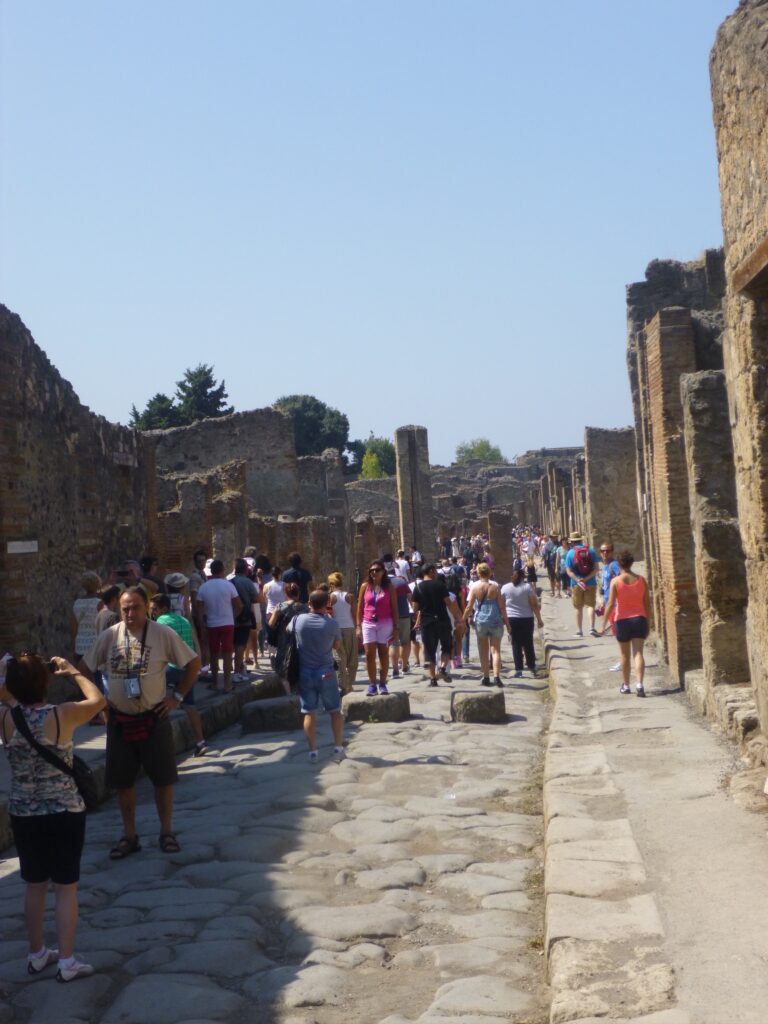









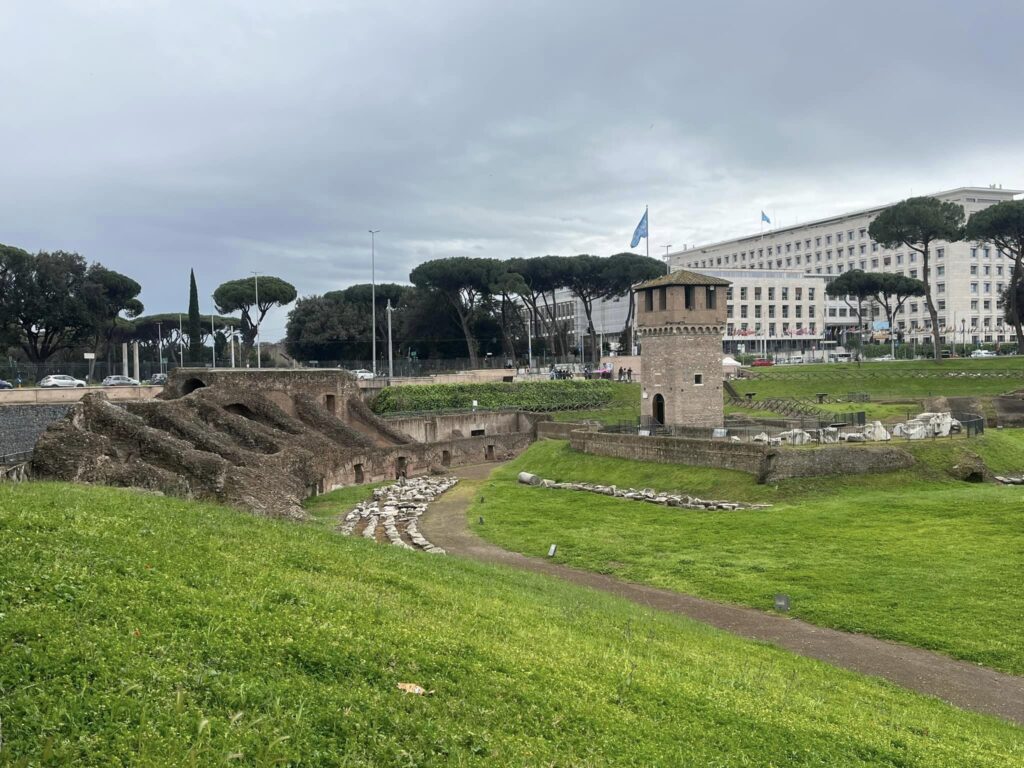




























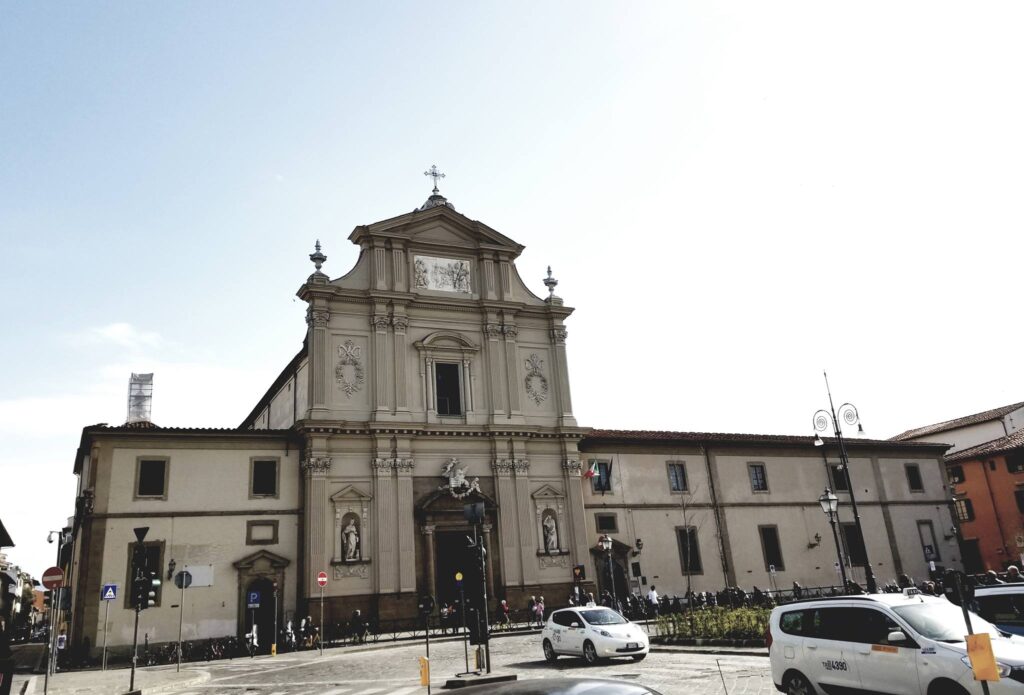
















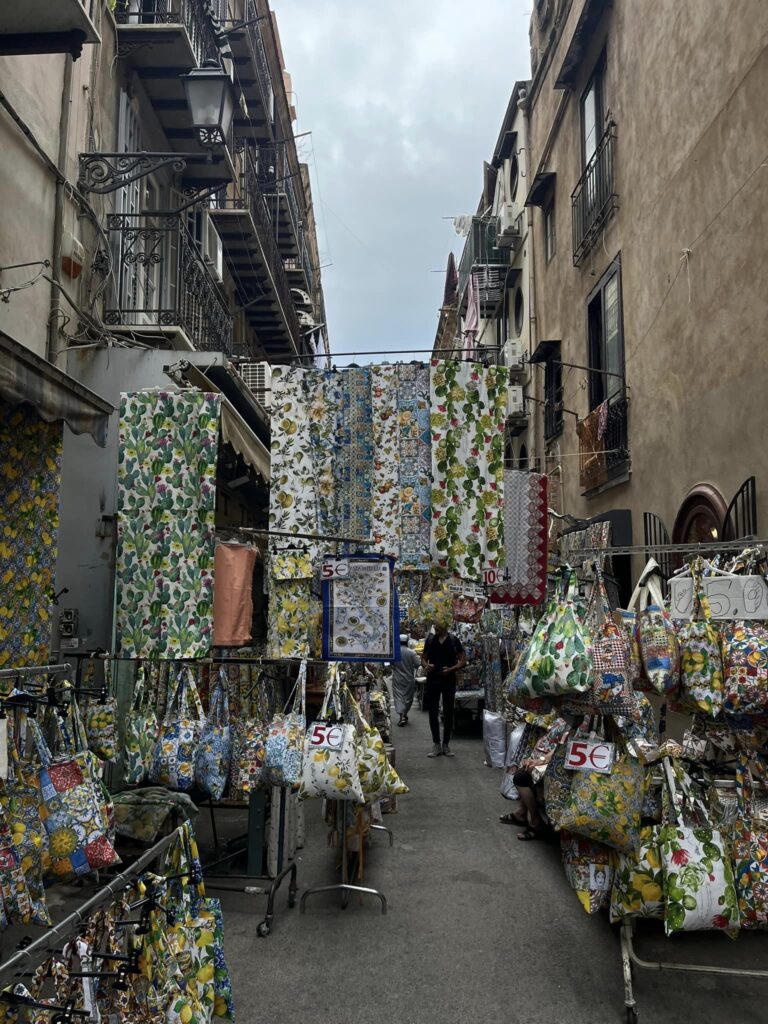
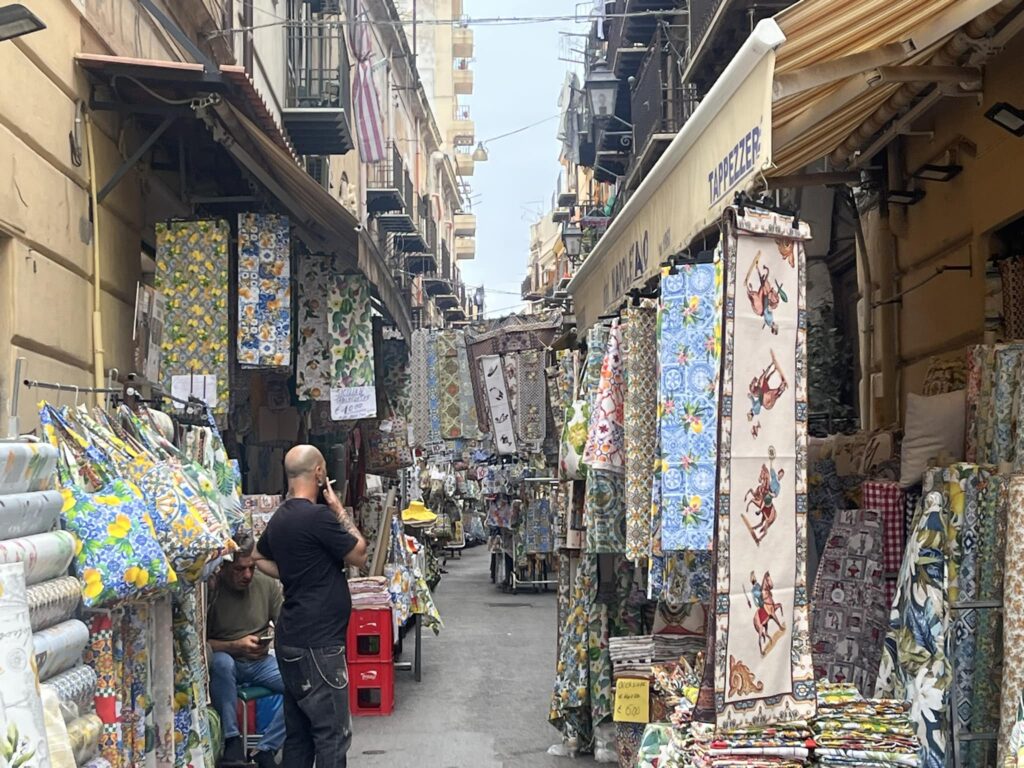










Leave a Reply